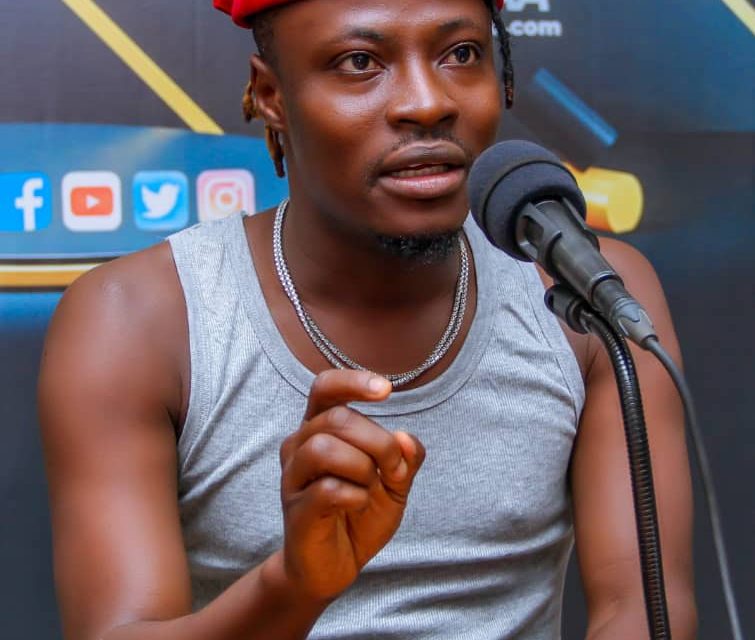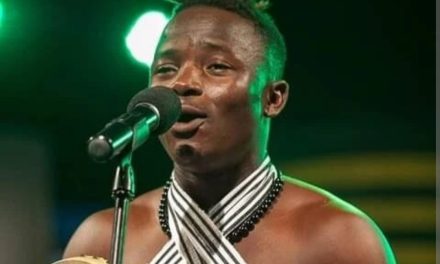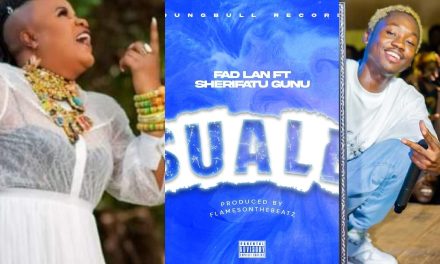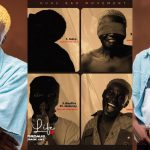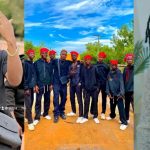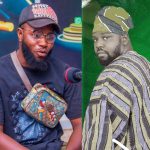In a recent interview on the popular radio show “The All Inclusive Show” with Is Hassan Dablee on Zaa Radio 99.3 FM, renowned musician Fancy Gadam dropped a bombshell, shedding light on the skyrocketing costs of promoting music and producing videos in the contemporary Ghanaian music industry. The artist revealed that the price tag for promoting a single song to achieve cross-Africa recognition has reached an astonishing GH₵500,000 (equivalent to a staggering 5 billion of the old currency). The revelation has sent shockwaves through the industry, highlighting the financial challenges faced by emerging and established artists alike.

Fancy Gadam’s statement came during a candid conversation on the radio show, where he discussed his personal experiences with the financial demands of promoting music in the current landscape. Recounting his own journey, he revealed that he was charged GH₵100,000 (equivalent to 1 billion old currency) for the production of a single music video and an additional GH₵50,000 (equivalent to 500 million old currency) for a dance video featuring a single dance group.
The interview underscored the immense financial burden artists face in order to make a significant impact on the African music scene. With the growing influence of digital platforms and the need to stand out in a highly competitive market, the costs associated with promoting music have surged to unprecedented levels.
Fancy Interview on Zaa Radio
Fancy Gadam’s revelations have ignited discussions within the music industry about the sustainability of these expenses for artists, especially those who are not backed by major record labels or significant financial resources. Many artists struggle to amass the funds needed to propel their music to a wider audience across the African continent.
The eye-opening interview on Zaa Radio 99.3 FM sheds light on the complex reality behind the glittering façade of the music industry, urging stakeholders to reconsider the financial dynamics that can either empower or hinder the growth of African artists.

